Artificial Intelligence
1Mby1M Udemy Courses with Sramana Mitra: Domain Knowledge
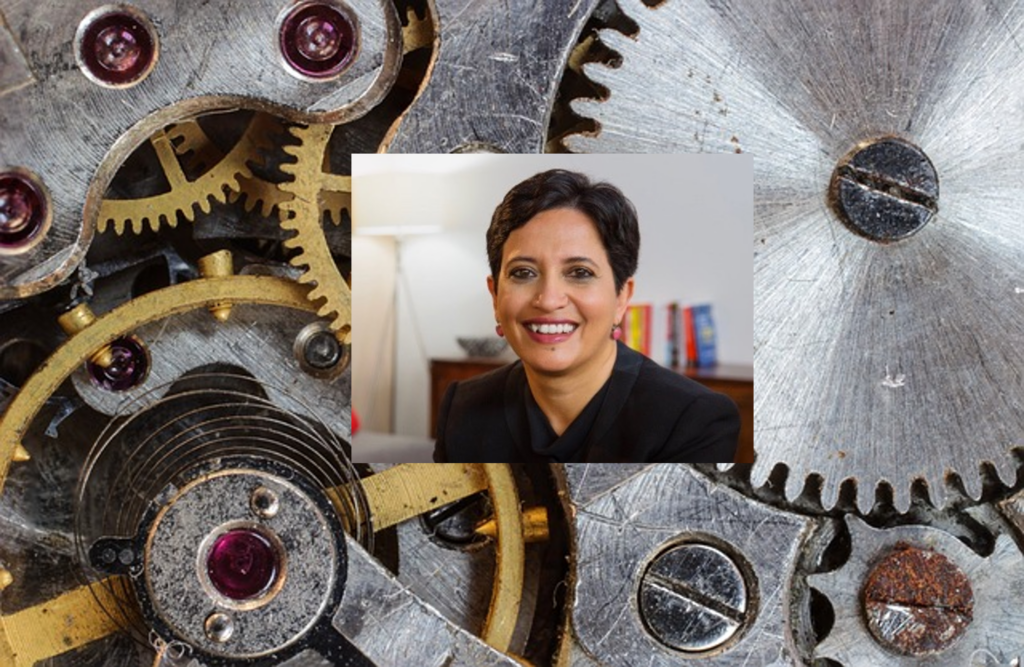
At 1Mby1M, we believe in learning from case studies of successful entrepreneurs. These case studies involve discussions on opportunities and challenges specific to the domain such as Generative AI, E-Commerce, Digital Health, Cyber Security, and FinTech.
>>>1Mby1M Virtual Accelerator AI Investor Forum: With Ashish Gupta, Partner at Clearvision Ventures (Part 1)
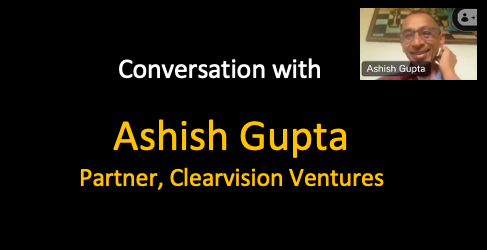
Ashish Gupta, Partner at Clearvision Ventures, has been in the industry for a long time and has an interesting perspective on AI investing.
>>>Featured Videos
Can 1M/1M Help Me Raise Money?
How Does 1M/1M Democratize Entrepreneurship Education?
How Does 1M/1M Democratize Management Consulting?
When Is The Right Time To Join 1M/1M?
Can 1M/1M Help Me With Business Development?
Can 1M/1M Help Me With Market Sizing?
Can 1M/1M Help Me Validate My Product?
Will I Have Private 1-on-1 Sessions In 1M/1M?
How Does 1M/1M Help Entrepreneurs Connect With Silicon Valley?
Mentoring or Consulting?
Why Does 1M/1M Charge $1000 a Year?
Why Does 1M/1M Partner With Local Organizations?
Why Don\’t Mentoring Networks Work?
Why Is It Important To Study With 1M/1M Now?
Dan Stewart Story
Vikrant Mathur Story Download" class="hvideo iframe playbut videow" id="playbg" href="http://www.youtube.com/embed/a> ?rel=0&autoplay=1"> Download TuneIn " class="hvideo iframe playbut videow" id="playbg" href="http://www.youtube.com/embed/a> ?rel=0&autoplay=1"> TuneIn
658th 1Mby1M Entrepreneurship Podcast with Benjamin Narasin, Tenacity Venture Capital
Benjamin Narasin, Founder and General Partner at Tenacity Venture Capital, discusses his AI investment point of view.
Podcast: Play in new window | Download
Subscribe: Apple Podcasts | TuneIn | RSS
657th 1Mby1M Entrepreneurship Podcast with Venktesh Shukla, Monta Vista Capital
Venktesh Shukla, Founder and Managing Partner at Monta Vista Capital, discusses why he wants to see Human-in-the-Loop Generative AI startups. We’re hearing this a lot right now.
Podcast: Play in new window | Download
Subscribe: Apple Podcasts | TuneIn | RSS
Best of Bootstrapping: Bootstrapped an AI Startup First, Raised Money Later

If you haven’t already, please study our Bootstrapping Course and Investor Introductions page.
Founder CEO Sean Minter has bootstrapped AmplifAI to $1M, and then raised over $15M in two rounds of financing. Read on to learn the nuances of his strategy and execution.
Sramana Mitra: All right, Sean, let’s start at the very beginning of your journey. Where are you from? Where were you born, raised? What kind of background?
Sean Minter: My background is Indian. My parents are from Indore and Bhopal in India. I’ve been in the US most of my life. I came here when I was three years old and was educated here.
1Mby1M Virtual Accelerator AI Investor Forum: With Jishnu Bhattacharjee, Managing Partner at Nexus Venture Partners (Part 1)
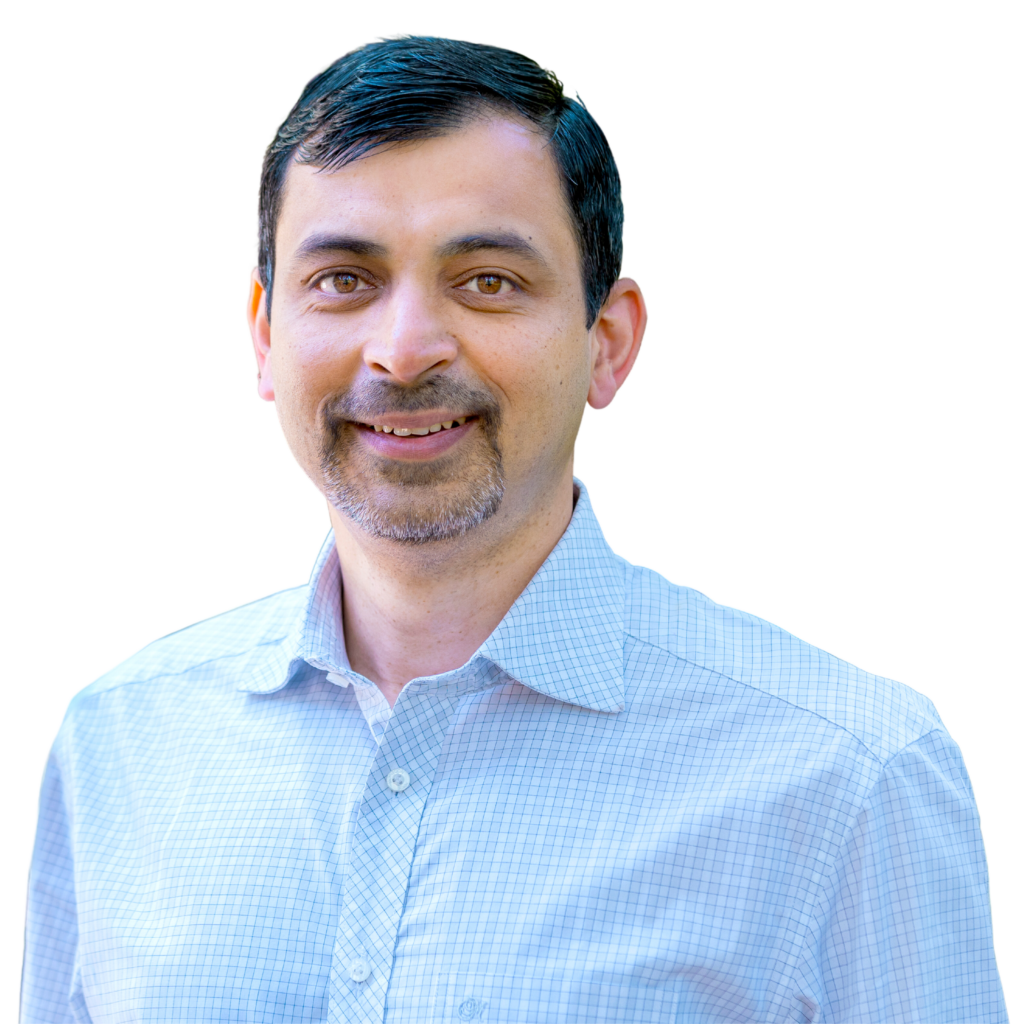
Jishnu Bhattacharjee, Managing Partner at Nexus Venture Partners, has been investing in AI startups for over a decade. This is an excellent and insightful discussion about his AI investment thesis.
>>>New Course – How VC Investors Think About AI Startups + Coupons
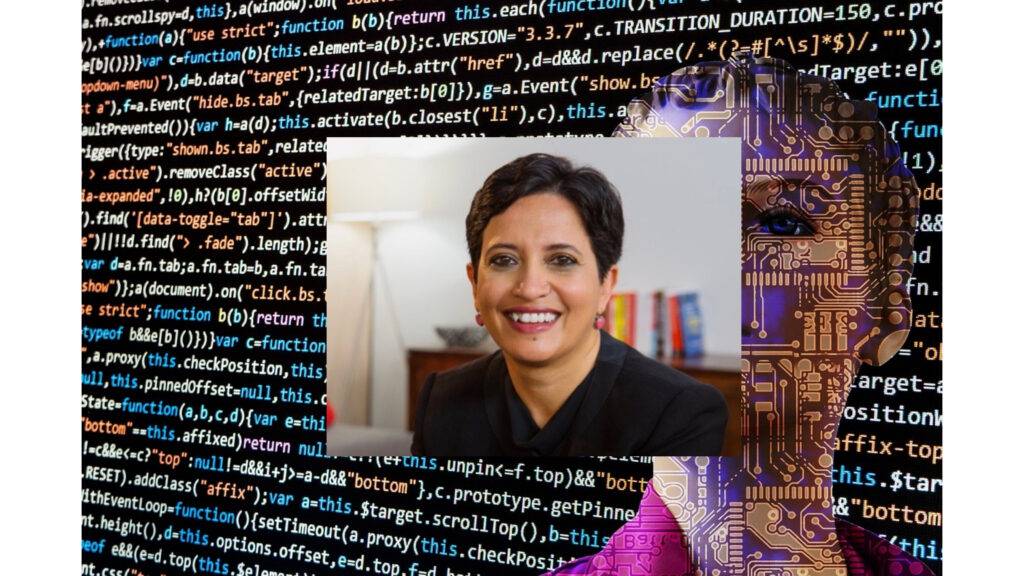
Our new course, How VC Investors Think About AI Startups, cuts through the hype surrounding AI to offer entrepreneurs real insights into what drives investor decision-making in this space. It shares the perspectives of venture capitalists who are actively investing in AI startups, with a focus on how machine learning is influencing their strategies. Through in-depth conversations, you’ll explore how investors evaluate enterprise AI adoption, the potential of general AI versus specialized applications, and the infrastructure needed to scale artificial intelligence. The course also tackles key challenges like AI hallucination and the evolving role of superintelligence in shaping the future of the industry. By the end, you’ll gain a deeper understanding of what VCs look for in AI startups, along with examples from their portfolios that highlight these strategies in action.
For the month of September, we are offering you up to 85% off this course and all of those listed below.
All of the discount coupons will expire on September 30, 2024, so enroll today!
Artificial Intelligence:
How VC Investors Think About AI Startups with Sramana Mitra: TRY1MBY1MSEP2024AIVC
How To Build AI Startups with Sramana Mitra: TRY1MBY1MSEP2024AI
Generative AI Startup Strategy Case Studies: TRY1MBY1MSEP2024GAI
1Mby1M Virtual Accelerator AI Investor Forum: With Sailesh Ramakrishnan, Managing Partner at Rocketship.vc (Part 1)
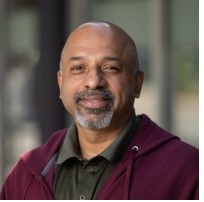
Sailesh Ramakrishnan, Managing Partner at Rocketship.vc, discusses his AI investment thesis and shares his firm’s use of AI in monitoring investment-worthy startups.
>>>653rd 1Mby1M Entrepreneurship Podcast with Ashish Gupta, Clearvision Ventures
Ashish Gupta, Partner at Clearvision Ventures, has been in the industry for a long time and has an interesting perspective on AI investing.
Podcast: Play in new window | Download
Subscribe: Apple Podcasts | TuneIn | RSS
1Mby1M Virtual Accelerator AI Investor Forum: With Jukka Alanen, Rebellion Ventures (Part 1)
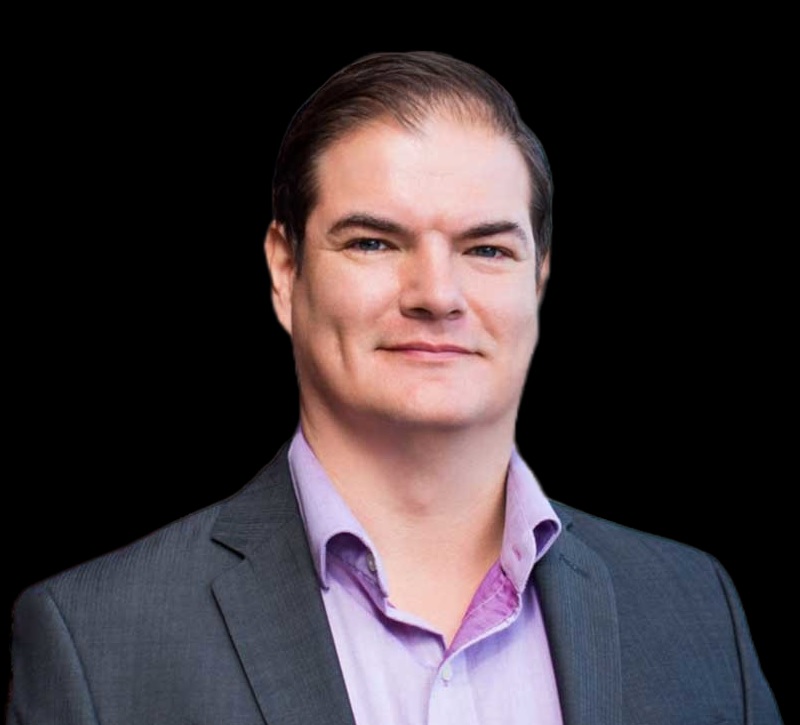
Jukka Alanen, Managing Partner at Rebellion Ventures, discusses his portfolio, investment thesis and related trends.
>>>650th 1Mby1M Entrepreneurship Podcast with Jishnu Bhattacharjee, Nexus Venture Partners
Jishnu Bhattacharjee, Managing Partner at Nexus Venture Partners, has been investing in AI startups for over a decade. This is an excellent and insightful discussion about his AI investment thesis.
Podcast: Play in new window | Download
Subscribe: Apple Podcasts | TuneIn | RSS
